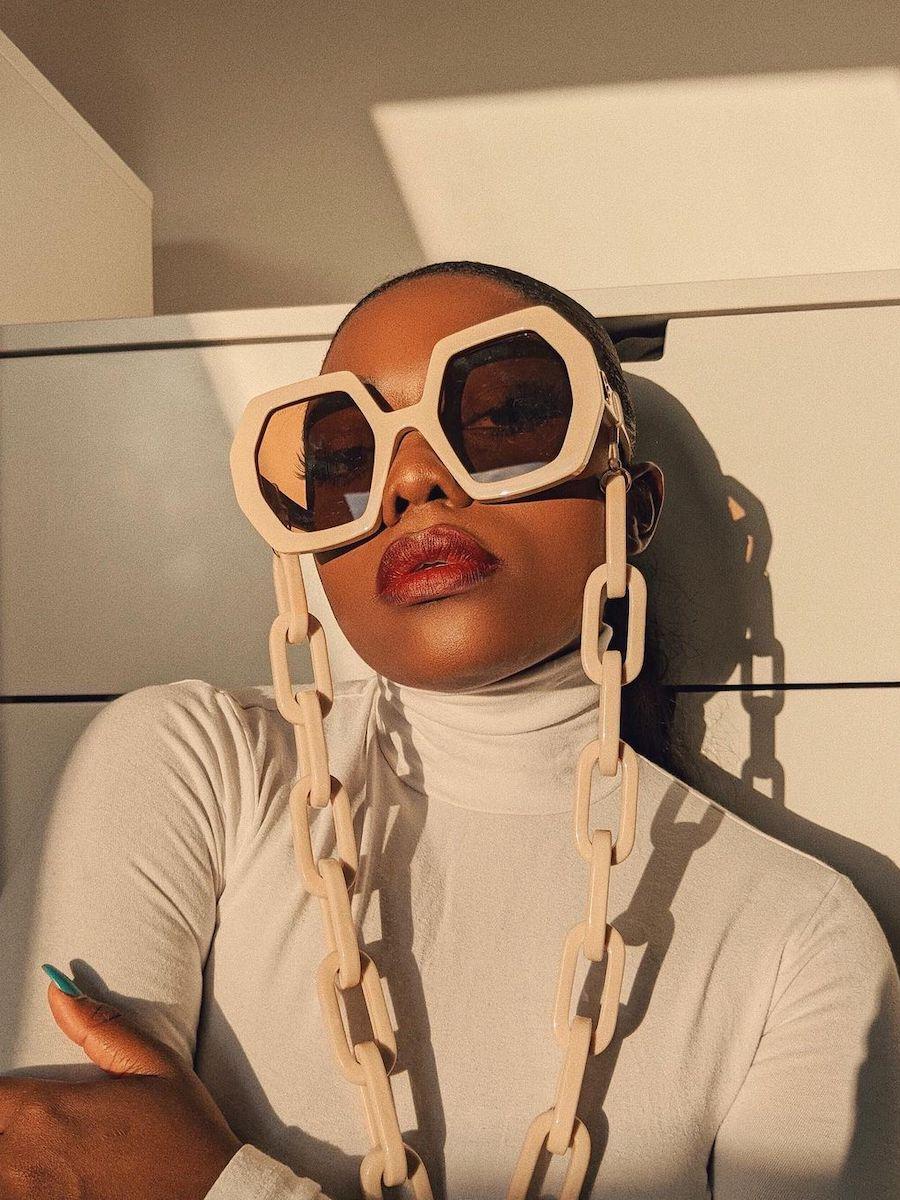A Skin Expert Just Told Me How to Actually Get Rid of Dark Circles

I often get asked what it is that I love about working in beauty, and for me, it’s simple: It’s the magic of beauty products. Sure, it might sound a little bit Marie Kondo, but I’m always amazed at the transformative nature of beauty. Sometimes it might be something small (like a primer that makes your skin look subtly brighter or an eyebrow gel that finally manages to fill in a sparse patch that’s been nagging you), while other times it might be something more obvious (like a full-on hair transformation or forgoing your usual lip balm for a bold red lip). Either way, I find that I always feel most like myself when I’ve got the right beauty products on my side.
On the other hand, though, there are certain things that beauty products just can’t help with—despite the amount of marketing that might tell you otherwise. I have yet to find a lotion that will genuinely reduce the appearance of my cellulite, and nothing on the high street will actually completely heal my acne. Also, sometimes, no amount of dry shampoo will help with the fact I’m definitely overdue a hair wash.
If you’ve landed on this story, you’re probably wondering how to get rid of dark circles. But when it comes to under-eye circles, however, the jury’s out on just how much we can do about them. While there are plenty of concealers for dark circles that can temporarily disguise the appearance, it can be tricky to treat the direct cause of dark circles entirely with products alone.
Keep scrolling to find out how to get rid of dark circles under your eyes once and for all.
“There are three main causes of dark circles under our eyes,” explained Kerr. “The first is pigmentation, the second is having a thin skin, and the third is having hollowing under the eyes. It’s really important to be treating the right cause because a lot of people think that an eye cream can help with dark circles, but if the dark circles are caused by a loss of volume, for example, there is no way it’s going to help.”
Kerr explained that pigmentation is more common in darker skin types but can also be caused by inflammation and friction. “For example, wearing waterproof makeup and having to rub your eyes to remove it or frequently rubbing your eyes,” she said.
Having naturally thin skin means that you can see the veins and muscles underneath, which means that dark circles can be more visible. “This can also be caused by tiredness,” explained Kerr. “But also, it can be caused by allergies, or it can also just be from having very fair skin and it being more transparent.”
The hollowing under the eyes is “caused by a loss of volume that happens with age,” said Kerr. This loss of plumpness and elasticity almost creates a “trough,” which then creates shadowing and dark circles.
Now that you might have identified the causes of your dark circles, it’s time to work out how to keep them at bay. Thankfully, there are plenty of ways to do this, according to Kerr.
“If dark circles are caused by pigmentation, you can use ingredients that stabilise the melanocyte to help prevent the activation of the pigment,” advised Kerr. Look out for ingredients like L-ascorbic acid, a potent form of vitamin C, to help with this. “Being very gentle with the eyes and wearing lots of sunscreen can help with prevention, too.”
“If dark circles are caused by a thin skin, using a retinol-based eye cream will help to strengthen the area and create more of a barrier that hides the blood vessels underneath,” said Kerr.
“If dark circles are caused by a lack of volume, then, really, having a cosmetic procedure like a face filler is the only known prevention, as you can’t plump that up any other way,” explained Kerr. “The fat pads slip, and they also become smaller with age, so you get this loss of volume, and there is no way to replicate that other than to replace that volume.”
Luckily, if it’s too late to totally prevent your dark under-eye circles from appearing, then Kerr’s advice will also help to diminish the look of dark circles once they’re there.
“Using light-reflective eye creams can also help minimise their appearance,” Kerr suggests. Looking for formulations with ingredients like retinol and vitamin C when choosing an eye cream will give you the best chance at reducing the darkness and preventing the dark circles from reoccurring on a regular basis.
Kerr is keen to point out that there is no quick fix for dark circles, however. Even if you opt for a filler, it’s only semi-permanent. “It will break down over time,” advised Kerr. To really combat dark circles, “you need to be constantly stabilising that melanocyte [which causes the dark pigmentation], so you need to be controlling it at all times.”
Copyright : https://www.whowhatwear.co.uk/how-to-get-rid-of-dark-circles-under-eyes

